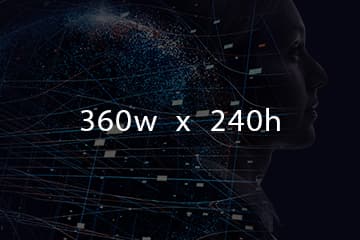What is PUE?
Power-usage effectiveness, or PUE, is a metric used to measure the energy efficiency of a data center. It is calculated by dividing the total amount of power entering a data center by the power used to run the computer infrastructure within it (meaning everything from as the servers, storage and network equipment to cooling and lighting).
Here’s the formula for PUE:

- Total facility energy: The total energy consumed by the data center, including everything from lighting and cooling to the power that actually runs the IT equipment.
- IT equipment energy: The energy consumed by the actual IT equipment itself like servers, storage and networking devices.
The resulting number tells you how efficiently a data center is using its power – the PUE figure. A PUE of 1.0 is ideal, because it means that all the power is used by IT equipment and none is ‘wasted’ on other things like cooling or power conversion losses. As the PUE number increases above 1.0, it indicates less efficiency, with more power used for non-computing functions.
Data centers aim for the lowest PUE possible to reduce their energy costs and minimize their environmental impact. However, achieving a PUE of 1.0 is extremely challenging and is not commonly found in practice. Most data centers will have a PUE above 1.0, with industry averages historically ranging from 1.5 to 2.0. However, through various efficiency measures, many modern data centers aim for and achieve values closer to 1.1 or 1.2.

